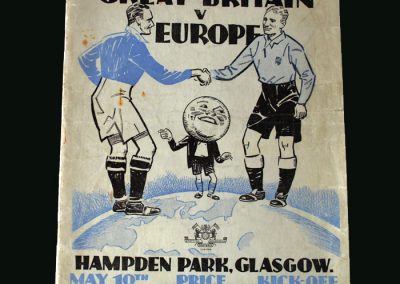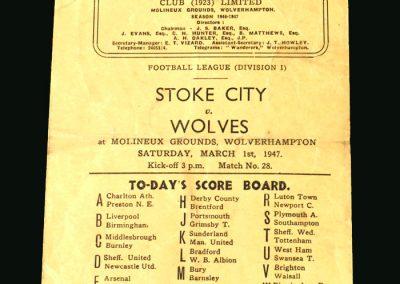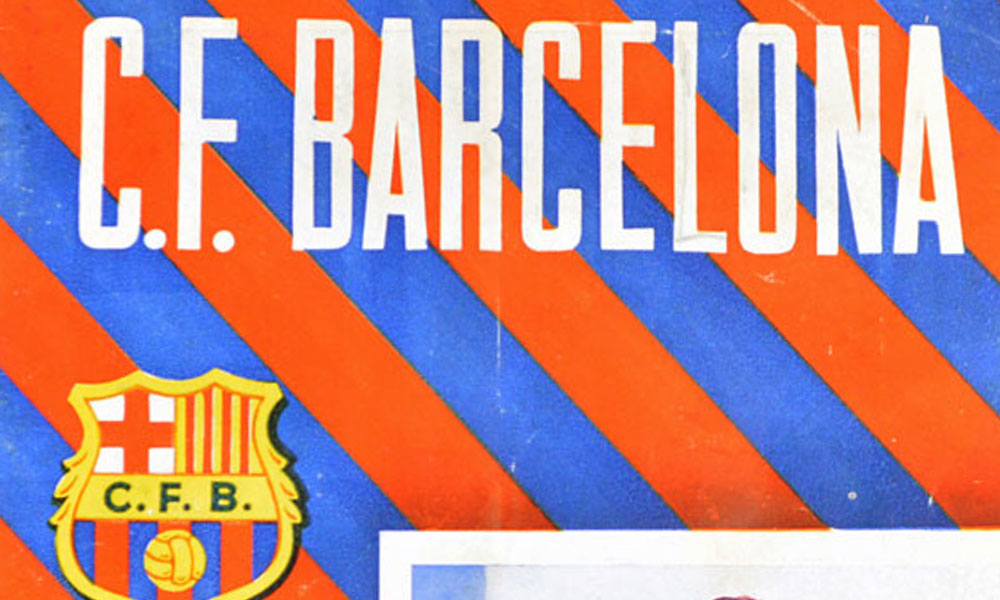If you love football history and the stories that make the game special, collecting football programmes is a brilliant way to bring that heritage home. A programme captures a moment in time: the line-ups and tactics, the manager’s notes, adverts from the era, and the buzz of matchday all printed on a few nostalgic pages. Whether you support a specific club or simply enjoy the game’s rich past, here’s a practical guide to getting started, where to find football programmes, and which issues to look out for.
Decide your collecting focus
Before you buy your first bundle, narrow your focus. It keeps the hobby affordable and far more satisfying.
- Club or player focus: Many collectors start with their club’s home and away programmes, or chase issues linked to a favourite player’s debut, first goal or testimonial.
- Competitions and occasions: FA Cup ties, promotion deciders, European nights and derbies often carry extra interest. Cup finals and semi-finals are classic centrepieces for a collection.
- Eras and themes: Some specialise in pre-war or immediate post-war issues, others in the bold designs of the 1970s and 80s. Wartime, tour matches, women’s football, or specific grounds (first and last matches, stadium openings/closings) are strong themes.
- Milestones and moments: Debuts of managers and legends, record-breaking matches, abandoned or postponed fixtures (often smaller print runs), and anniversary editions make great targets.
Set a monthly budget and a simple goal, e.g. “Complete home programmes for the 1998/99 season” or “Collect one programme from every ground I’ve visited.”
-

Newcastle v Feyenoord 11.09.1968 1st Round 1st Leg 4-0
-

Arsenal v Anderlecht 21.10.1953 (Friendly)
-

Man Utd v Portsmouth 25.12.1947
-

Spain v Switzerland 28.12.1941
Learn condition and completeness
Value is shaped by demand, rarity and—critically—condition. A few basics:
- Completeness: Check all pages are present, staples are intact, and any inserts (team sheets, tokens, posters, vouchers) are included. Missing inserts reduce desirability.
- Wear and tear: Light corner creases are common; heavy folds, tears, water damage and staple rust lower value. Pencil team changes are acceptable to some collectors; felt-tip scrawls less so.
- Writing and stamps: A neat autograph can add interest if the signature is genuine. Price stickers, date stamps and heavy annotations typically detract.
- Reprints: Some big occasions were reprinted. Verify you’re buying an original issue if that matters to your focus.
When buying online, ask for clear photos of the cover, spine, staples and centre pages. A good seller will happily provide them.
Where to find football programmes
There’s no single “best” place; cast a wide net and you’ll uncover gems.
- Matchdays and club shops: Modern issues are easy to pick up at the ground. Club shops often carry back issues and occasional clearance bundles.
- Specialist dealers and fairs: Dealers curate stock by club, era and competition. Programme fairs are brilliant for rummaging and negotiating—bring cash, a list, and a protective folder.
- Online marketplaces and auctions: You’ll find everything from common 1990s issues to rare early twentieth-century programmes. Use saved searches and alerts for your target keywords (club, season, competition). Check seller feedback, postage costs and return policies.
- Charity shops, car boot sales and house clearances: Mixed boxes appear regularly and can be excellent value. Be prepared to sort through duplicates to find the keepers.
- Community groups and forums: Local fan groups, forums and social media communities often host fair-priced sales and swaps, with less competition than public auctions.
- Non-league and youth football: Lower-tier clubs sometimes printed in very small numbers. These can become surprisingly sought after, especially for big cup ties or landmark seasons.
Tip: when you’re buying multiple programmes from one seller, ask for combined postage or a bundle price.
Programmes to look out for
You don’t need to chase only the rarest issues to build a compelling collection, but it helps to recognise patterns that drive demand:
- Significant matches: Cup finals and semi-finals, title run-ins, promotion and relegation deciders, and iconic derbies.
- Debuts and milestones: First appearances of star players or managers, record scoring feats, testimonial matches for club legends.
- Ground history: Stadium openings, last matches before redevelopment or relocation, “first game under the lights,” or record attendances.
- Low print runs: Postponed fixtures (especially weather-related), hastily rearranged games, behind-closed-doors matches, and certain non-league or early women’s fixtures may have fewer copies.
- Misprints and withdrawn covers: Printing errors or covers changed after late news can create small, desirable variants.
- European and international nights: Famous continental ties, tours by overseas giants, or national team fixtures at club grounds.
- Anniversary and memorial issues: Thoughtfully produced editions for anniversaries or tributes are often collected as keepsakes.
If you’re unsure, compare a few recent sold prices for similar issues (not just asking prices). Trends move, but football history endures—quality items hold interest.
-

GB v Europe 10.05.1947
-

Wolves v Stoke 01.03.1947
-

Derby v Birmingham 23.03.1946 (FA Cup Semi Final 1st Round)
-

Sheff Wed v Stoke 13.10.1945 | Sheff Utd v Barnsley 27.10.1945
Budgeting and buying smart
A steady, thoughtful approach beats impulse spending:
- Start with bulk lots: Mixed boxes from a single club or decade are cost-effective and educational. Keep the best copies and trade duplicates.
- Prioritise condition for common issues: If a programme is widely available, hold out for a clean, complete copy.
- Pay up for the truly special: When a programme exactly matches your focus—say, your club’s European debut—consider stretching the budget. You’ll appreciate it every time you look at it.
- Track what you own: Keep a simple spreadsheet with date, opponent, competition, condition notes and cost. It prevents accidental duplicates and helps you value swaps.
- Be patient: The right copy usually appears again. Let a bidding war pass you by if the price jumps beyond your limit.
Storage and display
Preserving your collection protects both value and enjoyment:
- Use acid-free materials: Poly sleeves and backing boards prevent scuffing. Store upright in archive boxes.
- Avoid heat, moisture and sunlight: A cool, dry, dark space keeps paper stable and staples rust-free.
- Handle carefully: Clean, dry hands; no eating or drinking while sorting. Avoid tight clips or rubber bands.
- Catalogue and digitise: Photograph or scan covers for a digital index you can browse without handling originals.
- Display selectively: Frames are lovely, but rotate items so the same programme isn’t exposed to light for months on end.
Trading, swaps and etiquette
The community is part of the fun:
- Describe honestly: Note faults clearly when selling or swapping. Reputation matters.
- Share knowledge: Help others identify inserts or variants—someone did the same for you once.
- Negotiate politely: Most sellers expect reasonable offers, especially on bundles.
- Build relationships: Dealers and fellow collectors will tip you off when something that suits your focus appears.
A simple weekend plan to get started
- Pick a focus: One club, one season, or one theme (e.g., “cup ties from the 1970s”).
- Set a budget: £30–£50 is enough to buy a starter lot and one or two nicer singles.
- Buy a mixed bundle: Sort, clean and sleeve the best copies. Note any missing inserts.
- Fill gaps: Use alerts for specific fixtures you want. Trade duplicates locally or online.
- Record and review: Update your list and choose the next mini-goal.
Collecting football programmes is a hands-on way to explore football history—page by page, season by season. Start with a clear focus, buy thoughtfully, store carefully, and enjoy the hunt. The best collections aren’t just expensive or rare; they’re meaningful to their owners and tell a story only you can curate.

